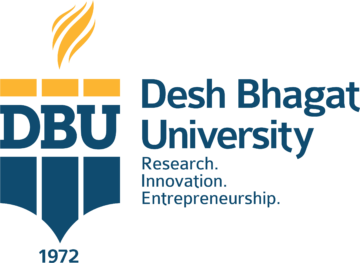Green Plastic Free environment
November 14, 2022 2023-03-02 9:12Green Plastic Free environment
Plastic App Desh Bhagat University General Content
Plastic bags – Plastic bags are popular with consumers and retailers as they are a functional, lightweight, strong, cheap, and hygienic way to transport food and other products. Most of these go to landfill and garbage heaps after they are used, and some are recycled once littered, plastic bags can find their way on to our streets, parks and into our water ways. Although plastic bags make up only a small percentage of all litter, the impact of these bags is nevertheless significant. Plastic bags create visual pollution problems and can have harmful effects on aquatic and terrestrial animals. Plastic bags are particularly noticeable components of the litter stream due to their size and can take a long time to fully break down. Many carrier bags end up as unsightly litter in trees, streets, parks and gardens which, besides being ugly, can kill birds, small mammals and other creatures. Bags that make it to the ocean may be eaten by sea turtles and marine mammals, who mistake them for jellyfish, with disastrous consequences. In developed countries billion bags are thrown away every year, most of which are used only once before disposal. The biggest problem with plastic bags is that they do not readily break down in the environment. It has been found that, the average plastic carrier bag is used for five minutes, but takes 500 years to decompose.
Plastic bags are made from ethylene, a gas that is produced as a by-product of oil, gas and coal production. Ethylene is made into polymers (chains of ethylene molecules) called polyethylene. This substance, also known as polyethylene or polythene, is made into pellets which are used by plastic manufacturers to produce a range of items, including plastic bags.
Type of Plastics
Plastics can be broadly split into two groups, those that consist of long strands (thermo softening) and those that also contain short cross-links (thermosetting). Thermo softening plastic will deform when heated and can be remolded into new shapes. Thermosetting plastics are much stronger, but once they have been formed into a shape, they will hold that shape indefinitely, and if heated they will merely burn.
| Type (Resin identification code) | Plastics | Common uses |
| 1 | PET | Polyethylene terephthalate – Fizzy drink bottles and oven-ready meal trays. |
| 2 | HDPE | High-density polyethylene – Bottles for milk and washing-up liquids |
| 3 | PVC | Polyvinyl chloride – Food trays, cling film, bottles for squash, mineral water and shampoo. |
| 4 | LDPE | Low density polyethylene – Carrier bags and bin liners |
| 5 | PP | Polypropylene – Margarine tubs, microwaveable meal trays. |
| 6 | PS | Polystyrene Yoghurt pots – Yoghurt pots, foam meat or fish trays, hamburger boxes and egg cartons, vending cups, plastic cutlery, protective packaging for electronic goods and toys. |
| 7 | OTHER | Any other plastics that do not fall into any of the above categories. – An example is melamine, which is often used in plastic plates and cups. |
Polyethylene Terephthalate (PET):
Typically used to make bottles for soft drinks, water, juice, mouthwash, sports drinks and containers for condiments like ketchup, salad dressing, jelly and jam, PET is considered safe. One study that looked at 63 brands of bottled water produced in Europe and Canada found concentrations of antimony that were more than 100 times the typical level found in clean groundwater (2 parts per trillion).
It also found that the longer a bottle of water sits on a shelf in a grocery store or your refrigerator the greater the dose of antimony present. It is believed that the amount of antimony leaching from these PET bottles differs based on exposure to sunlight, higher temperatures, and varying pH levels. Brominated compounds have also been found to leach into PET bottles. Bromine is known to act as a central nervous system depressant, and can trigger a number of psychological symptoms such as acute paranoia and other psychotic symptoms.
High Density Polyethylene (HDPE):
HDPE, which is considered a low-hazard plastic, is often used for milk, water and juice bottles, as well as bottles for cleaning supplies and shampoo. It’s also used to make grocery bags and cereal box liners. HDPE (like most plastics) has been found to release estrogenic chemicals. In one study, 95 percent of all plastic products tested were positive for estrogenic activity, meaning they can potentially disrupt your hormones and even alter the structure of human cells, posing risks to infants and children. In this particular study, even products that claimed to be free of the common plastic toxicant bisphenoI-A (BPA) still tested positive for other estrogenic chemicals.
Polyvinyl Chloride (PVC):
PVC plastic can be rigid or flexible, and is commonly found in bags for bedding, shrink wrap, deli and meat wrap, plastic toys, table cloths and blister packs used to store medications. PVC contains toxic chemicals including DEHP, a type of phthalate used as a plastics softener. phthalates are one of the groups of “gender- bending” chemicals causing males of many species to become more female. These chemicals have disrupted the endocrine systems of wildlife, causing testicular cancer, genital deformations, low sperm counts and infertility in a number of species, including polar bears, deer, whales and otters, just to name a few.
Scientists believe phthalates are responsible for a similar pattern of adverse effects in humans as well. If your home contains soft, flexible plastic flooring, such as vinyl or those padded play-mat floors for kids (often used in day cares and kindergartens, too), there’s a good chance it is also made from toxic PVC. PVC flooring has been linked to chronic diseases including allergies, asthma and autism.
Low Density Polyethylene (LDPE):
Another plastic that is considered a low hazard, LDPE is used in bags for bread, newspapers, fresh produce, household garbage and frozen foods, as well as in paper milk cartons and hot and cold beverage cups. While LDPE does not contain BPA, it may pose risks of leaching estrogenic chemicals, similar to HDPE.
Polypropylene (PP):
PP plastic is used to make containers for yogurt, deli foods, medications and takeout meals. While polypropylene is said to have a high heat tolerance making it unlikely to leach chemicals, at least one study found that PP plastic were used for laboratory studies did leach at least two chemicals.
Polystyrene (PS):
Polystyrene, also known as Styrofoam, is used to make cups, plates, bowls, take-out containers, meat trays and more Polystyrene is known to leach styrene, which can damage your nervous system and is linked to cancer, into your food. Temperature has been found to play a role in how much styrene leaches polystyrene containers, which means using them for hot foods and beverages (such as hot coffee in a polystyrene cup) may be worst of all.
Other:
This is a catch all designation used to describe product made from other plastic resins not described above, or those made from a combination of plastics. It’s difficult to know for sure what types of toxins may be in # 7 plastic s, but there’s a good chance it often contains BPA or the new, equally concerning chemical on the block in the bisphenol class known as Bisphenol-S (BPS).BPA and BPS are endocrine disrupters, which means they mimic or interfere with your body’s hormones and “disrupts” your endocrine system The glands of your endocrine system and the hormones they release are instrumental in regulating mood, growth and development, tissue function, metabolism, as well as sexual function and reproductive processes
Some of the greatest concern surrounds early life, in utero exposure to bisphenol compounds, which can lead to chromosomal errors in developing fetus, causing spontaneous miscarriages and genetic damage But evidence is also very strong showing these chemicals are influencing adults and children, too, and leading to decreased sperm quality, early puberty, stimulation of mammary gland development, disrupted reproductive cycles and ovarian disfunction, cancer and heart disease, among numerous other health problems.
Plastic Alternatives
While we recognize the need for plastic products in our homes, in light of the tremendous ecological impact throughout plastic’s life cycle, we are compelled to select plastic alternatives when possible. In many cases, we can elect to utilize a different material altogether; examples of plastic alternatives include using straw or cellulose-based insulation in walls and roofs and mineral board insulation below basement walls instead of foam insulation, using wood or cement-board siding or plaster as an exterior finish instead of vinyl, and using clay, lime, or casein-based finishes instead of acrylic or latex paints. In other cases, our best option may be to replace a more toxic plastic, such as PVC, with a less toxic one, such as polyethylene, ABS, or metallocene polyolefin (a newly developed plastic of lesser environmental footprint) pipe instead of PVC pipe, fiberglass instead of PVC window profiles, polyethylene instead of PVC-jacketed wire, or polyester instead of PVC commercial wall coverings, The field of bio-plastics is also growing rapidly. These products have the benefits of being nonpetroleum in feedstock, supportive of the farm sector (although LCA must also evaluate industrialized farming practices), and perhaps most importantly, biodegradable. Additionally, vegetable oils, such as soy have been proven to effectively replace phthalates as plasticizers in PVC, reducing its POP load.
References
- Das Sharma, P (2008, October 6). Keeping World Environment Safer and Greener. Retrieved from https://saferenvironment.wordpress.com/2008/10/06/plastic-wastes-%E2%80%93-reduce-reuse-and-recycle-…
- https://saferenvironment.wordpress.com/2008/10/06/plastic-wastes-%E2%80%93-reduce-reuse-and-recycle-…
- The Natural Building Companion by Jacob Deva Racusin and Ace McAleton, published by Chelsea green publishing, 2012.
Global Waste Cleaning Network
of Pollution caused by Littered Single Use Plastics.
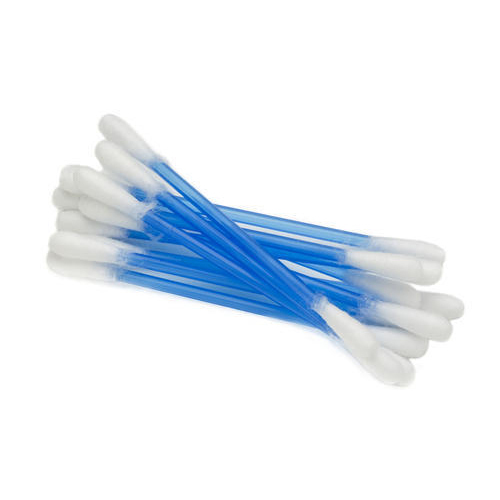
Ear buds with plastic sticks

Plastic sticks for balloons

Plastic flags

Candy sticks

Ice- cream sticks

Polystyrene (Thermocol) for decoration
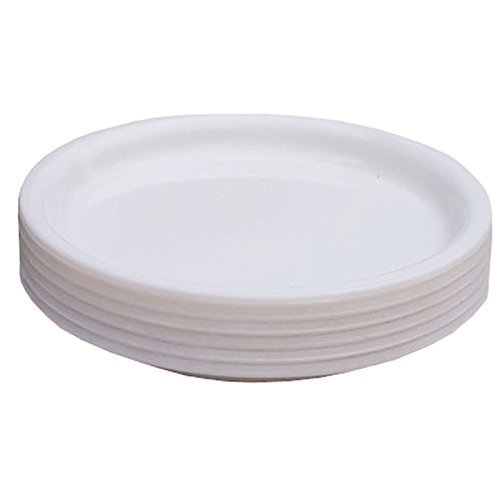
Plastic plates
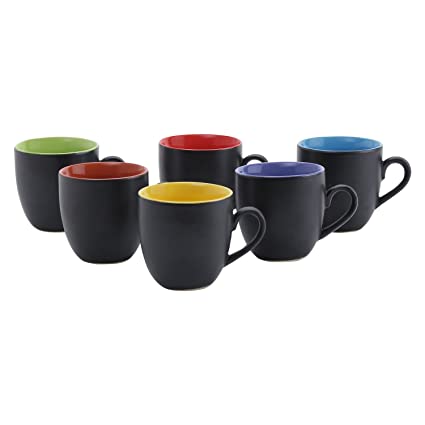
Cups

Glasses
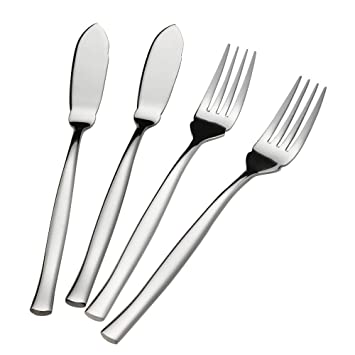
Cutlery such as forks
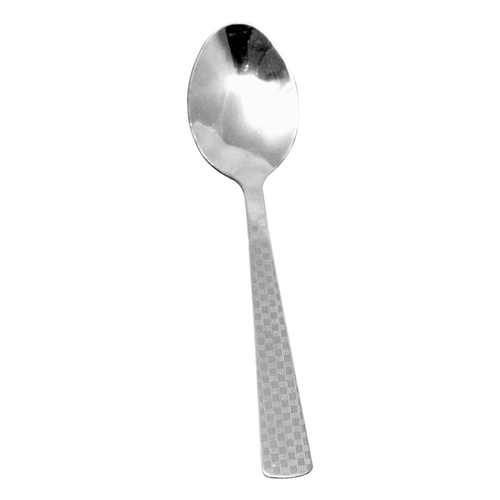
Spoons
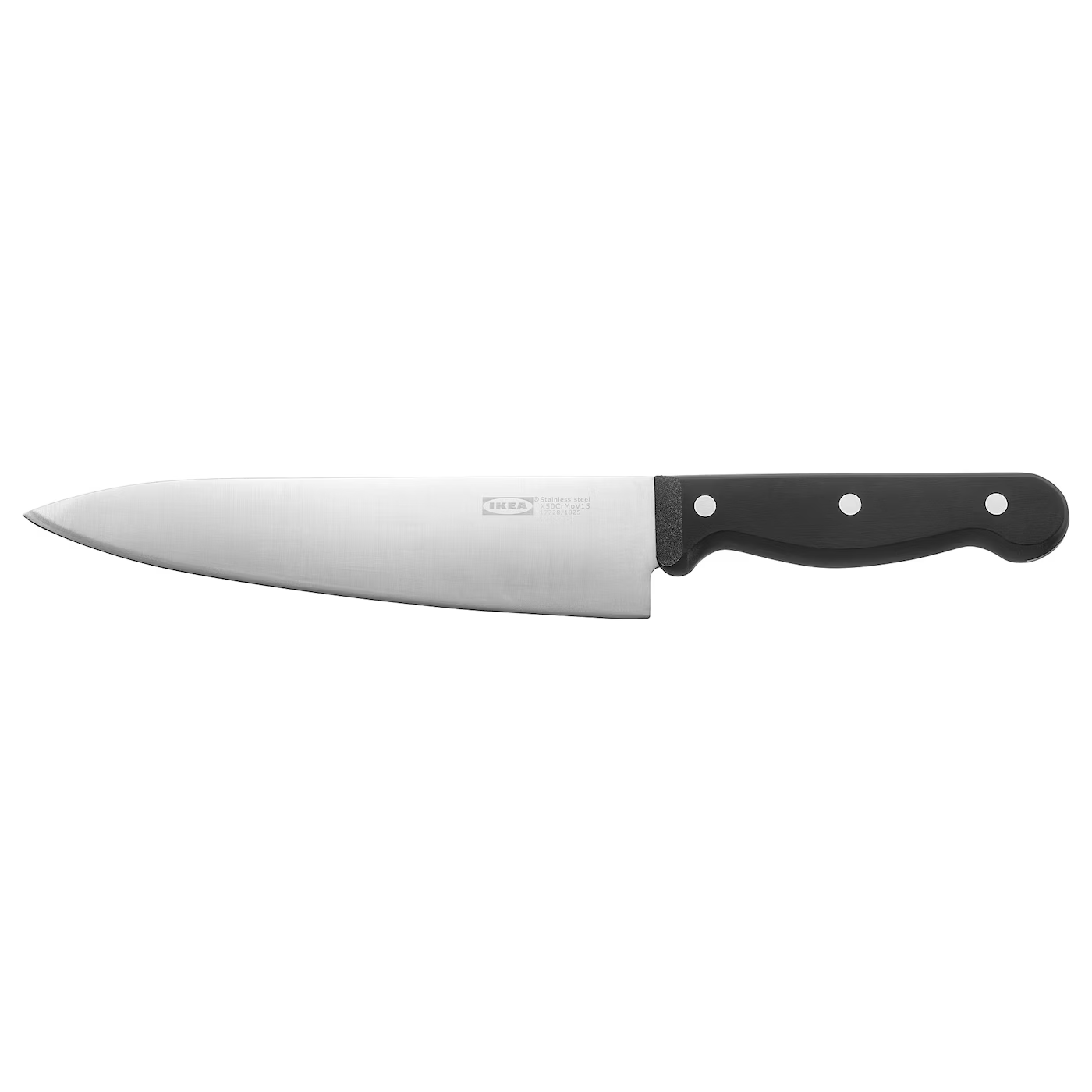
Knives
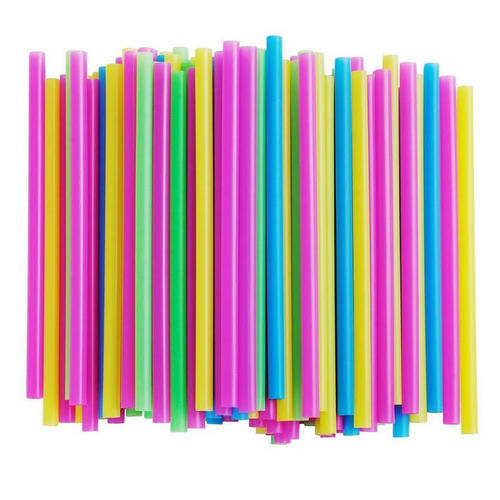
Straw
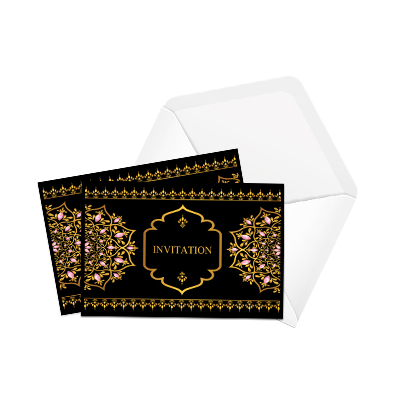
Invitation cards
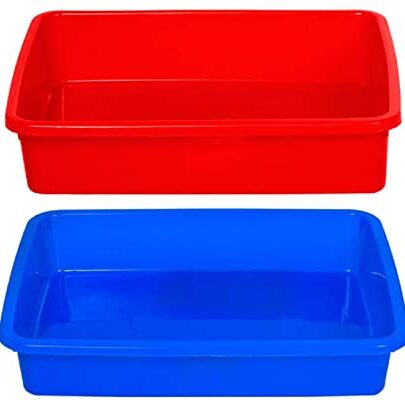
Trays

Wrapping or packing films around sweet boxes

Cigarette packets
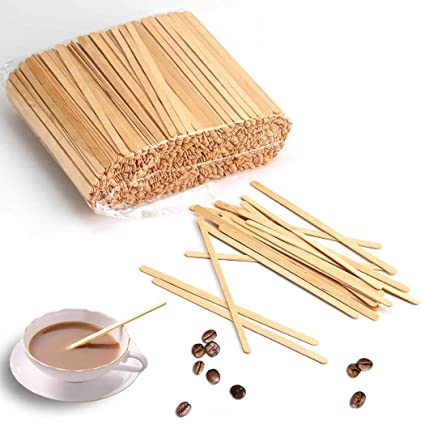
Stirrers

Plastic or PVC banners less than 100 micron
The Plastic Waste Management Amendment Rules, 2021, also prohibit manufacture, import, stocking, distribution, sale and use of Plastic Carry Bags having thickness less than 75 microns with effect from 30th September, 2021, and having thickness less than thickness of 125 microns with effect from the 31st December, 2022.
Reference
- The Government of India, Plastic Policy 1st July, 2022
- IPCA, Plastic Waste Management Rules, 2022




